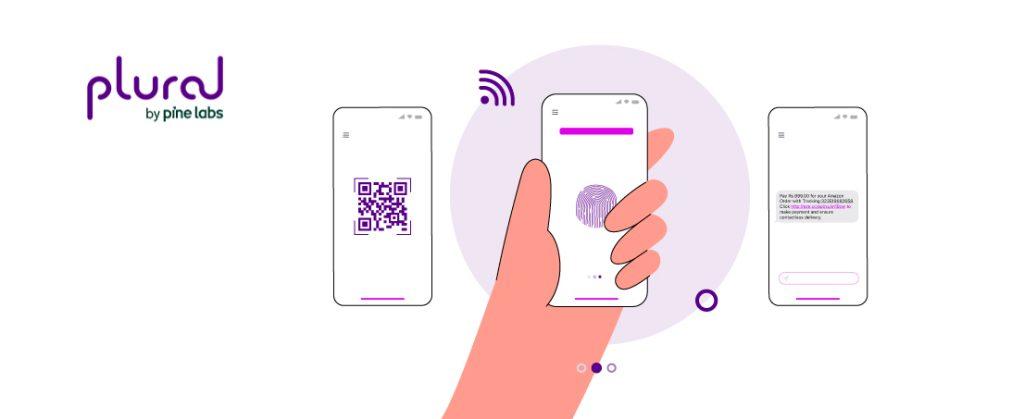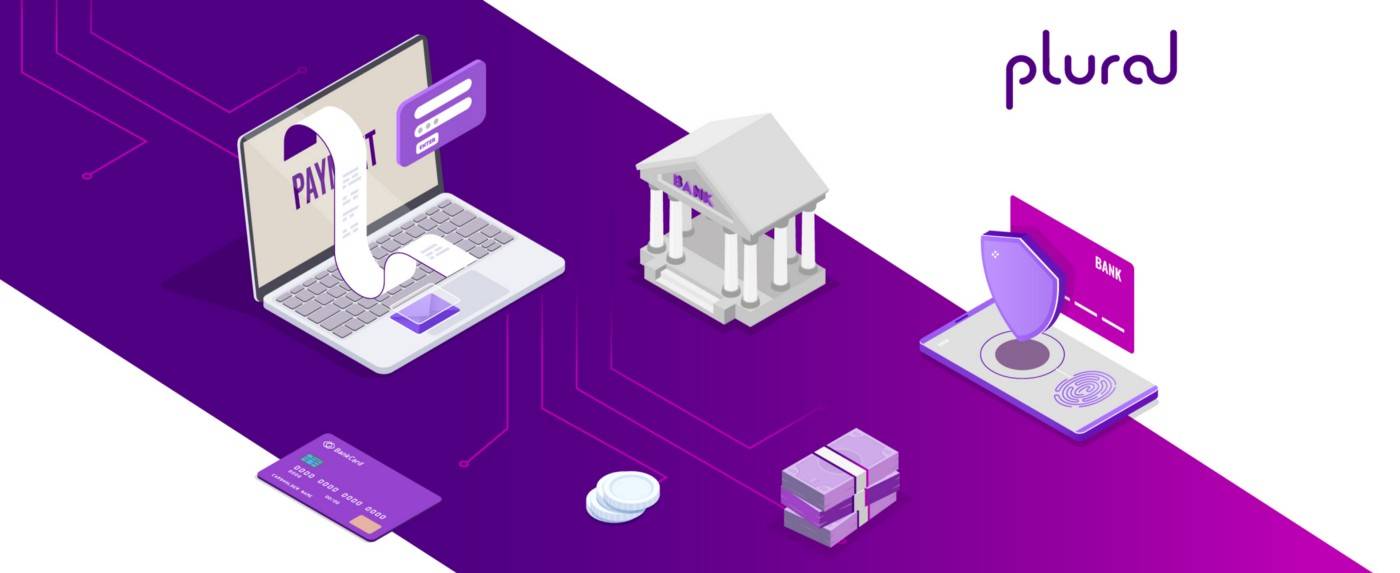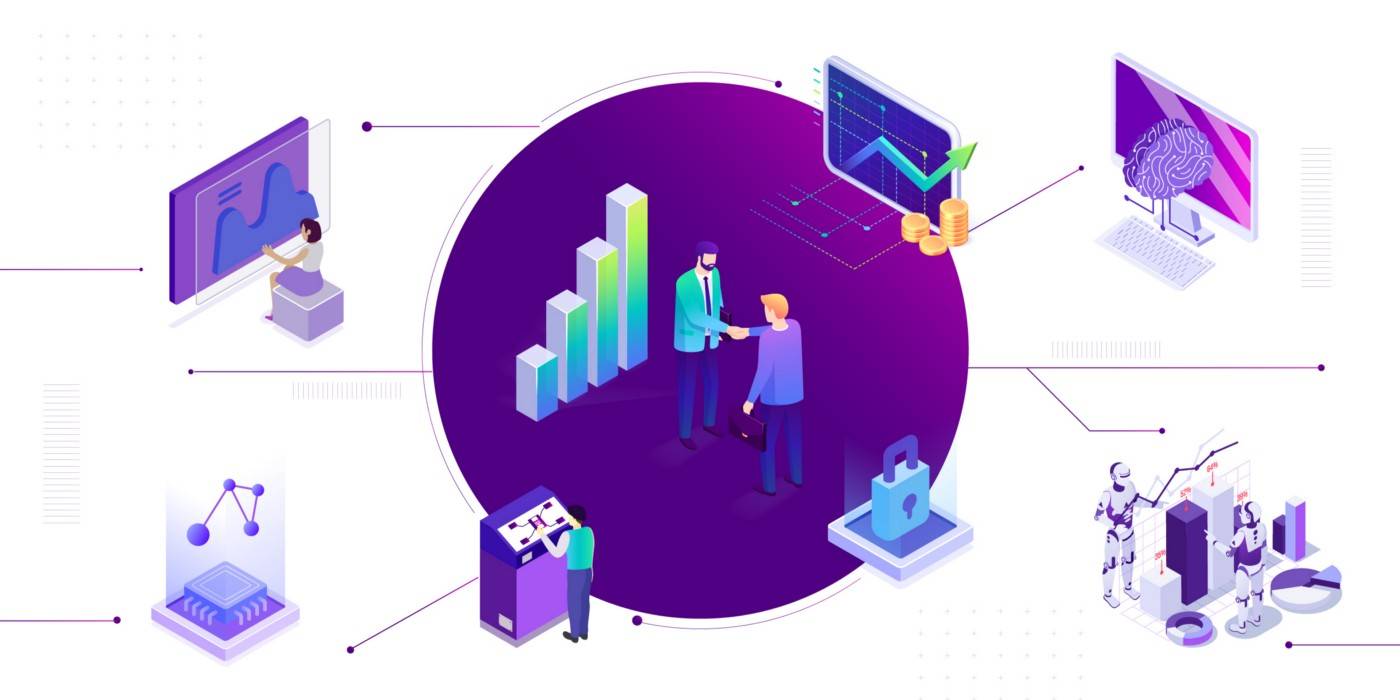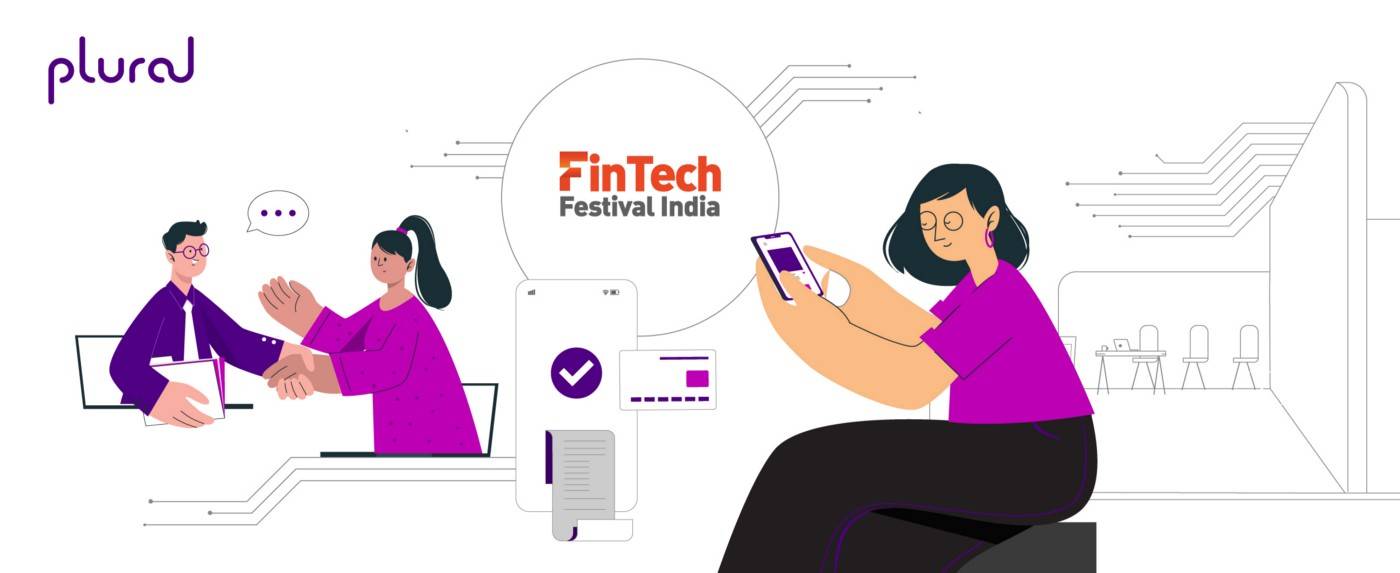Contactless payments in India have seen a rise ever since the announcement by the Finance Minister about the increased issuance of NFC-enabled cards in 2018. Three years after the revelation, NFC payments in India increased to 26% in 2021 from a meagre 1% in 2018, a significant rise in the adoption and consumer trust in contactless payments.
It brings to the fore the importance of such payments for the Indian retail sector. The contactless mode of payment could very well shape the sector’s future in driving sales, reducing checkout times, and increasing customer satisfaction. These modes include QR codes, ‘Tap and Go’ debit cards, payment links (or pay-by-link) and more.
The ease of making a contactless payment is a big draw to this payment mode. A customer must simply tap an NFC payments-enabled card (the most prominent contactless payment mode) on the reader or place a wearable device near it to complete the transaction. According to an estimate, it takes only 15 seconds to complete a transaction. It is a speedier way to check out of a retail store than standing in queues that take a long time to process cards.
However, the scope of such transaction methods reaches far beyond ‘Tap and Go’. For example, Plural’s payment link solution and Setu’s UPI deep links are contactless payment solutions that are simple and effective. With these solutions, you send a payment link to the customer’s WhatsApp, email, or SMS and get notified once the payment is complete. It gives the customer the convenience of making the payment using their smartphone, and you can track transactions in real-time.
Growth drivers of contactless payments
So, why this sudden surge?
1. COVID-19 pandemic and contactless payments
Payment by link on SMS or WhatsApp saw a surge during the COVID-19 pandemic. Such a payment method allowed for omni-channel transactions where in-store purchases were completed with online — a huge win in social-distancing times. Pay By Link (PBL) transactions grew from 2.37 lakh in March 2020 to 12.55 lakh in March 2021.
Metro cities like Chennai, Bangalore, Mumbai were quick to adopt this method of payment in ecommerce, auto-accessories, CDIT goods and more. You’ll see below how Croma implemented Plural’s payment links solution across 150 retail stores across the country.
2. Digitisation in India
With such payments, there is no need to carry cash or multiple cards to the store. It offers an organised payment solution for customers. They can get regular updates on rewards and discounts, get receipts in real-time, and have a comprehensive record-keeping of their expenses. Further, the versatile use of a Tap and Go card or a payment link adds to its utility. An NFC card can be used as a mass transit card or stored value card.
3. Retailers embracing technology
Contactless payments are accepted across the world. A consumer can make a payment hassle-free anywhere in the world. According to data from Visa, 92% of Visa card transactions in Australia are in tap-to-pay contactless mode. Here in India, the availability of terminals accepting such payments is on the rise. The small retail outlets of the country are adopting the payment method in a big way.
Benefits of contactless payments for retailers
1. Increased profitability and revenue
Propelled by contactless payments’ faster transactions, retailers can improve sales and revenue. It helps reduce wait times, improve customer satisfaction, and retain customers. Also, with such payments, you can reduce cash management costs and improve the bottom line.
2. Detailed customer analysis
Contactless payments generate a tonne of data. As a retailer, you can use this data to deeply analyse customers’ shopping behaviour, preferences, and pain points. Based on the data, re-strategise your marketing efforts, manage inventories, and reinvent the customer shopping experience.
3. Increased security with contactless payments
The risk of fraudulent transactions is significantly lower with NFC payments. It has advanced encryption features that restrict data stealing. And the additional security measures will make unauthorised transactions less likely to occur. With further advancements in such payment solutions, you will likely find better security in your financial transactions.
4. No extra cost
Businesses do not incur any extra charge with contactless payments for the most part. There are no processing fees for this mode of transaction. If there is any fee, it is similar to what you pay as a retailer for credit card transactions.
5. Improved operational efficiency
For retailers implementing contactless payments, it has significantly boosted their operational efficiency. For example, Plural Links has benefited Croma tremendously, one of India’s largest electronics and gadgets store chains.
Using Plural Links, Croma went live quickly with contactless payments across its stores during the pandemic. It provided omni-channel payment capability with in-built payment options for customers. The platform enabled Croma to satisfy the growing need for quick transactions without physical contact. Moreover, the payment solution reduced the time to maintain card machines and cash handling delivering operational efficiency.
6. Greater customer experience and satisfaction
Retailers who adopted contactless payments gained loyalty from their customers. The smoother and quicker checkout experience of NFC payments facilitated this. Further, you can integrate your business’ rewards and loyalty programs through contactless payment solutions to enhance customer experience and satisfaction.
Future of contactless payments in retail
So far, the contactless payments story in Indian retail is driven by affluent Indian consumers from metro cities. But with the push from the government to increase NFC cards and the trust in smart tech by the people, the growth of this type of payments will come from Tier-2 and Tier-3 cities.
Small retailers in the country are expected to drive such payments in Indian retail. According to the Worldline India report, 80% of the volume of card payments involves low-ticket transactions for purchasing everyday goods like groceries, fuel, medicine, restaurant bills, and QSRs coverage. By adopting contactless payments for these low-ticket transactions, small retailers can boost their sales and provide a convenient shopping experience.
Further, the technological advancements in contactless payments technology, with the integration of Artificial Intelligence, machine learning, and the Internet of Things, will improve the security, efficiency, and accuracy of payments, increasing the adoption rates.
All said and done, to fully utilise the advantages of contactless payments, the Indian retail sector must quickly adopt technologies that enable these payments at checkout. It must also bring out innovative solutions to make such contactless the go-to payment method.
Conclusion
Faster, safer, and more convenient transactions with a lower risk of fraud made contactless payments the go-to mode of payment for buying goods. If the Indian retail sector can meet consumer expectations with the quicker adoption of such payments, retailers like you can benefit from it.
However, there are still some challenges with technologies, security concerns, and geographical availability. But you can overcome them by choosing an appropriate payment solution like Plural Links. Reach out to us to know more or get started.
Plural by Pine Labs has received an in-principle authorisation from the Reserve Bank of India (RBI) to operate as a Payment Aggregator.

Amrita Konaiagari is a Marketing Manager at Plural by Pine Labs and Editor of the Plural blog. She has over 10 years of marketing experience across Media & Tech industries and holds a Master’s degree in Communication and Journalism. She has a passion for home décor and is most definitely a dog person.




